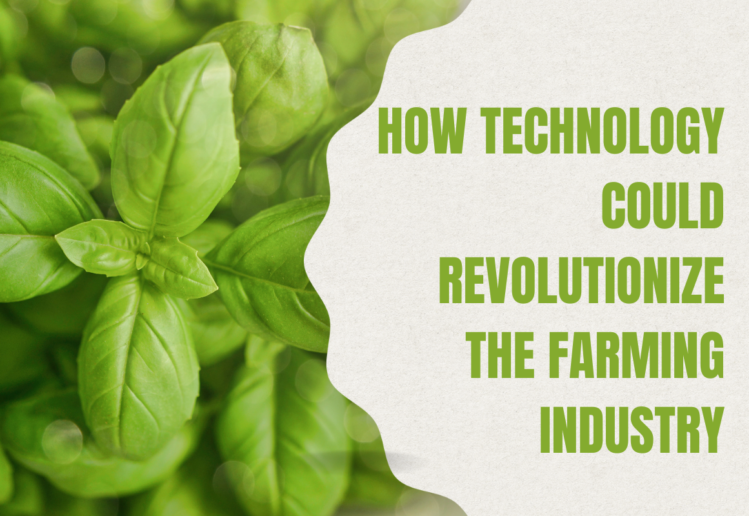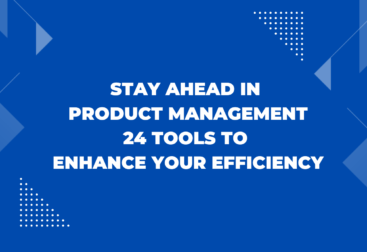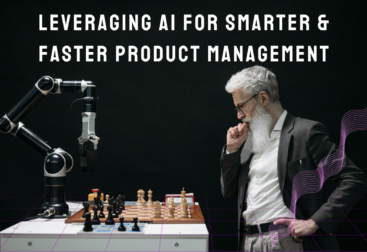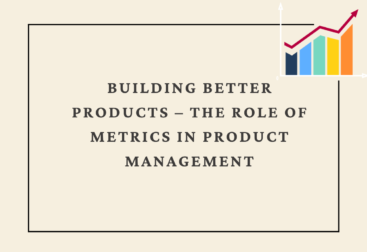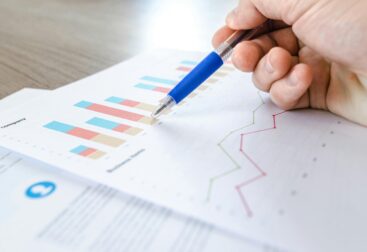The farming industry has experienced significant transformations over the centuries, from manual labor and traditional techniques to the rise of modern agricultural practices. The next wave of evolution is upon us, as technology promises to revolutionize farming in unprecedented ways. From optimizing resource use to improving crop yield and quality, technology holds the key to a sustainable and efficient future for agriculture. In this blog, we will explore various ways technology is reshaping the farming industry and the potential benefits it brings.
Technology that Revolutionize Farming Industry
Precision Agriculture
Precision agriculture, also known as smart farming, leverages data analytics, GPS, and Internet of Things (IoT) devices to monitor and manage agricultural practices with high precision. By collecting data on soil quality, moisture levels, weather patterns, and crop health, farmers can make data-driven decisions to optimize the use of resources such as water, fertilizers, and pesticides. This approach not only boosts crop yields and quality but also minimizes waste and reduces the environmental impact of farming.
For example, using GPS-guided machinery, farmers can apply fertilizers and pesticides with pinpoint accuracy, ensuring that only the necessary amount is used in specific areas. This helps reduce input costs and prevents overuse of chemicals that can harm the soil and nearby water sources.
Drones and Remote Sensing
Drones and remote sensing technologies have become increasingly popular in modern agriculture. Equipped with high-resolution cameras and sensors, drones can capture detailed images of fields and crops from the air. This data provides valuable insights into crop health, disease detection, and overall farm management.
Farmers can use drones to monitor large areas quickly and efficiently, saving time and labor costs. They can also assess the health of crops and identify areas that need attention, such as irrigation adjustments or pest control. By identifying issues early, farmers can take timely action to prevent crop loss and increase productivity.
AI and Machine Learning
Artificial intelligence (AI) and machine learning technologies are playing a significant role in transforming farming practices. AI-powered algorithms can analyze vast amounts of data collected from sensors, drones, and other sources to identify patterns and trends that humans might miss. This information can be used to predict weather changes, optimize planting schedules, and recommend the best crops to grow based on soil and climate conditions.
Additionally, AI can assist in automating repetitive tasks such as planting and harvesting. Autonomous machines equipped with AI can navigate fields, plant seeds, and harvest crops with minimal human intervention. This not only increases efficiency but also addresses labor shortages in the farming industry.
Vertical Farming and Hydroponics
Vertical farming and hydroponics are innovative farming methods that maximize the use of space and resources. Vertical farming involves growing crops in stacked layers, often indoors, using controlled environments such as LED lighting and climate control systems. Hydroponics, on the other hand, is a soil-less farming method that uses nutrient-rich water to grow plants.
These techniques allow for year-round cultivation and can be implemented in urban areas, reducing the need for long-distance transportation of produce. They also use significantly less water and can achieve higher yields per square foot compared to traditional farming methods. By minimizing the use of soil and water, vertical farming and hydroponics offer a sustainable solution for the future of agriculture.
Blockchain and Supply Chain Transparency
Blockchain technology has the potential to revolutionize the agricultural supply chain by providing transparency and traceability. By recording every transaction and movement of goods on a decentralized ledger, blockchain ensures that the entire supply chain is transparent and tamper-proof.
This transparency can benefit both farmers and consumers. For farmers, blockchain allows them to verify the origin and quality of seeds, fertilizers, and other inputs. For consumers, blockchain provides visibility into the journey of their food from farm to table, ensuring safety and authenticity.
Additionally, smart contracts on the blockchain can automate and streamline various processes, such as payments and quality checks, further enhancing efficiency and reducing costs in the agricultural supply chain.
Robotics and Automation
Robotics and automation are transforming the way farming is done. Robotic machines can perform various tasks such as planting, weeding, and harvesting with precision and efficiency. These machines can work around the clock, increasing productivity and reducing the need for manual labor.
For instance, robotic weeders use machine learning algorithms to differentiate between crops and weeds, allowing them to remove weeds without damaging the crops. Similarly, robotic harvesters can pick fruits and vegetables with gentle precision, minimizing damage and improving the quality of the produce.
Automation also extends to other areas of farming, such as irrigation and livestock management. Smart irrigation systems can adjust water usage based on weather forecasts and soil moisture levels, conserving water and optimizing crop growth. Livestock management systems use IoT devices to monitor the health and well-being of animals, allowing farmers to take proactive measures to prevent disease and ensure proper care.
Challenges and Considerations
While the integration of technology in farming offers numerous benefits, it also presents challenges and considerations:
Cost and Access: The adoption of advanced technologies can be expensive, and not all farmers have the resources to invest in them. Access to technology and training can be limited, particularly in rural areas.
Data Privacy and Security: As farming becomes more data-driven, concerns about data privacy and security arise. Farmers must ensure that their data is protected from unauthorized access and misuse.
Skill Gap: The use of technology requires a new set of skills that some farmers may lack. Bridging the skill gap through education and training programs is essential for successful technology adoption.
Regulation and Policy: Governments play a crucial role in shaping the adoption of technology in agriculture. Clear regulations and policies are needed to ensure safe and ethical use of technology in farming.
My Thoughts
The farming industry stands on the brink of a technological revolution that promises to transform the way we produce food. Precision agriculture, drones, AI, vertical farming, blockchain, and robotics are just a few of the innovations reshaping the landscape of modern farming. By embracing these technologies, farmers can achieve higher efficiency, sustainability, and productivity while addressing the challenges of feeding a growing global population.
As the farming industry continues to evolve, collaboration between farmers, researchers, policymakers, and technology providers will be essential to harness the full potential of these innovations. By working together, we can create a future where technology and agriculture go hand in hand to ensure a safe, secure, and sustainable food supply for generations to come.

